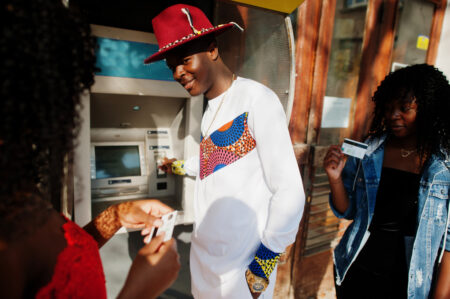Around 6:20 p.m, gray smoke filled the Paris sky as the orange flames blazed on. People stopped in huge masses to record the scene and watch in shock at the scene unfolding in front of them. For a total of 15 hours, the famous Notre Dame Cathedral burned, destroying the roof, spiral and upper walls.
Almost three years after the event, tech companies Emissive and HTC Vive are debuting a new VR experience alongside business company Orange to allow visitors the chance to experience Notre Dame for themselves while it’s being renovated.
“We are excited to show the immense potential of Immersive Expeditions to the public,” said Emissive CEO, Fabien Barati, on the company’s website. “Our teams are proud to contribute, through their expertise, to the reconstruction and preservation of this unique, so symbolic monument, that is Notre-Dame de Paris.”
Supported by the establishment in charge of the renovation process, Diocèse de Paris, the exhibit, known as Éternelle Notre Dame, has virtually rebuilt the cathedral over the course of two years.
Emissive, who first garnered attention after creating the Louvre’s first VR exhibit known as “Mona Lisa: Beyond the Glass,” took high-resolution scans of the inside of the landmark. They combined these scans with historical data and scientific studies to create Notre Dame and its surroundings.
Visitors can view the entire history of Notre Dame from different areas using the VIVE Focus 3 VR headset. Throughout the 45-minute virtual tour, viewers learn little-known facts and who were key figures as they explore alongside a virtual travel guide.
They are first transported to the Middle Ages in 1163 where they can see the builders constructing the cathedral. The experience continues to follow Notre Dame’s history right up until the infamous fire in 2019 temporarily shut it down.
In the aftermath of the infamous Notre Dame fire, discussions about the strong reaction to the event and its contrast to the indifferent reactions of people to Black history being stolen arose.
One of the main talking points of the destruction was that the artifacts were lost as people mourned for France’s history. However, they failed to consider just how much of France’s- and other European countries’- artifacts came from colonizing and looting African nations such as the Kingdom of Benin and Senegal.
According to a 2018 report supported by Emmanuel Macron, the French president, 90 to 95% of the artifacts detailing African history are not held by any museums in the continent. It wasn’t until October 2021 that West African nations would get some of the artifacts back with Cambridge returning one of the Benin Bronzes to Nigeria amongst other institutions. Weeks later, France returned 26 artifacts that were stolen in 1892 to Benin.
In the U.S., days before the Notre Dame incident, documents, speeches and souvenirs of the Civil Rights Movement were lost in an attack on the Highlander Research and Education Center- the same center where Rosa Parks trained and Martin Luther King Jr. gave a speech for its 25th anniversary. The attack was mentioned in passing days after the event and the culprits, who graffitied a white power symbol, are still unidentified.
In addition to this, discussions about the lack of action being taken in repairing Black churches arose. As soon as news of the Notre Dame fire spread, support for the reconstruction of the cathedral instantly came in. The U.S. government quickly offered help and companies such as Apple, Gucci and Chanel gave almost one billion dollars away in support.
Meanwhile, just eleven days before the burning of Notre Dame, the third attack on Black Baptist churches in St. Landry Parish, Louisiana occurred.
“What is happening in Tennessee and Louisiana is domestic terrorism and we must not turn a blind eye to any incident where people are targeted because of the color of their skin and their faith,” Derrick Johnson, the president and chief executive officer of the NAACP, said in a statement.
For the Louisiana hate crimes, 21-year-old Holden Matthews, son of the local white deputy, was identified as the arsonist, launching a discussion about white supremacy and its relation to law enforcement.
Even though the attacks occurred over the course of two weeks, it was not widely reported and support for the churches only came in after the Notre Dame fire with most of the donations coming from a GoFund me rather than the U.S. government. As of 2021, the churches are still slowly being rebuilt.








